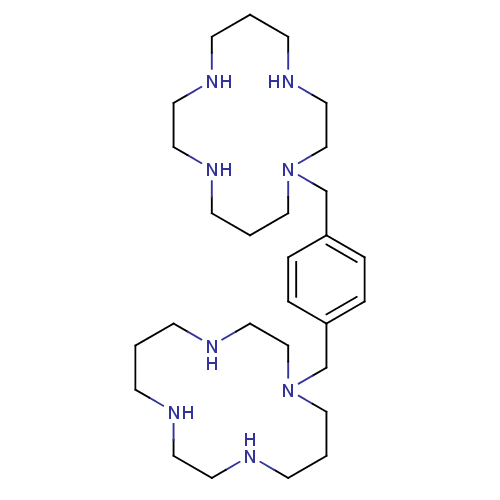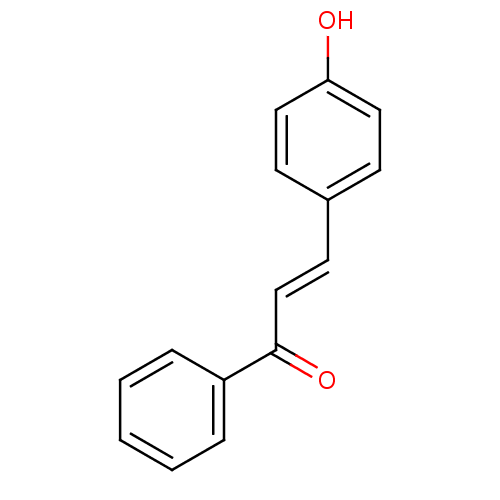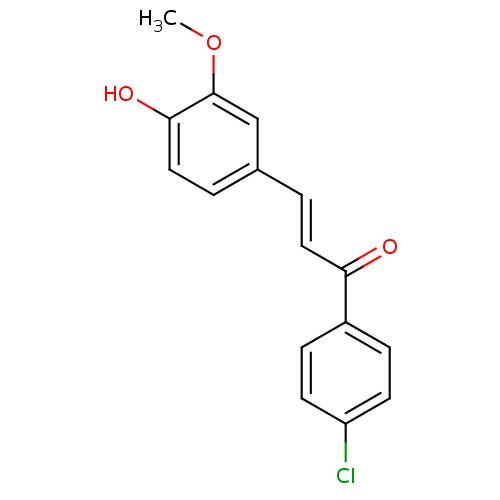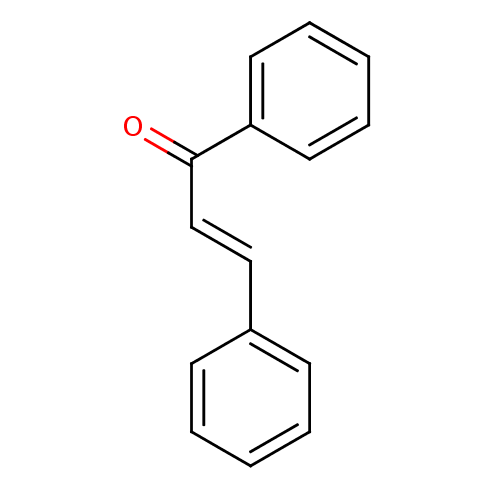Affinity DataIC50: 1.50E+4nMT: 2°CAssay Description:Binding of chalcone 4 and chlcone 1 to CSCL12 was examined by monitoring changes in the emission intensity of intrinsic Trp fluorescence of the chemo...More data for this Ligand-Target Pair
Affinity DataIC50: 2.42E+4nMT: 2°CAssay Description:Binding of chalcone 4 and chlcone 1 to CSCL12 was examined by monitoring changes in the emission intensity of intrinsic Trp fluorescence of the chemo...More data for this Ligand-Target Pair
Affinity DataIC50: 1.50E+5nMT: 2°CAssay Description:Binding of chalcone 4 and chlcone 1 to CSCL12 was examined by monitoring changes in the emission intensity of intrinsic Trp fluorescence of the chemo...More data for this Ligand-Target Pair
Affinity DataIC50: >5.00E+5nMT: 2°CAssay Description:Binding of chalcone 4 and chlcone 1 to CSCL12 was examined by monitoring changes in the emission intensity of intrinsic Trp fluorescence of the chemo...More data for this Ligand-Target Pair






